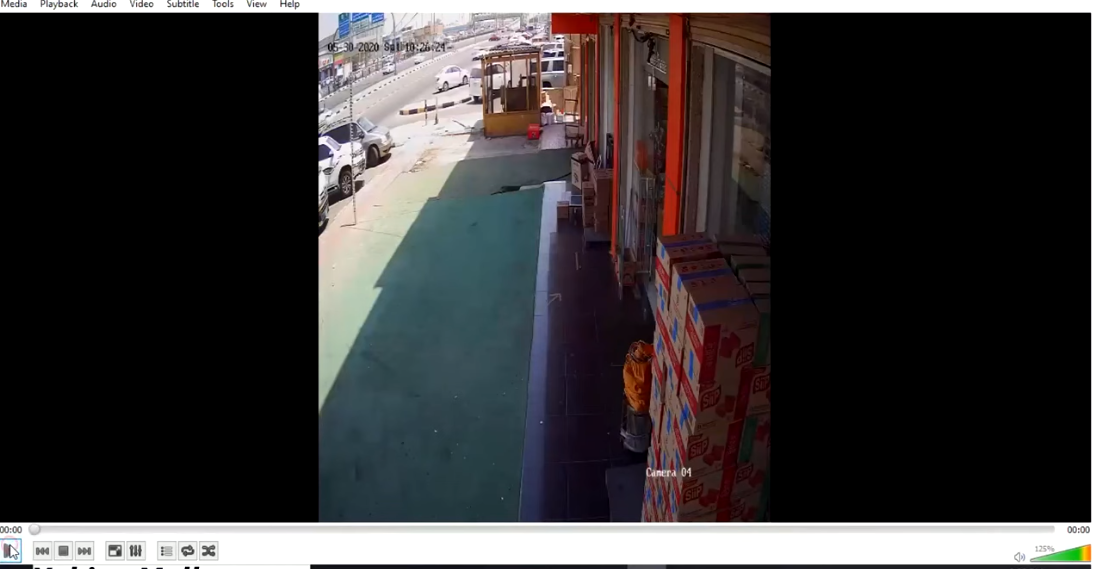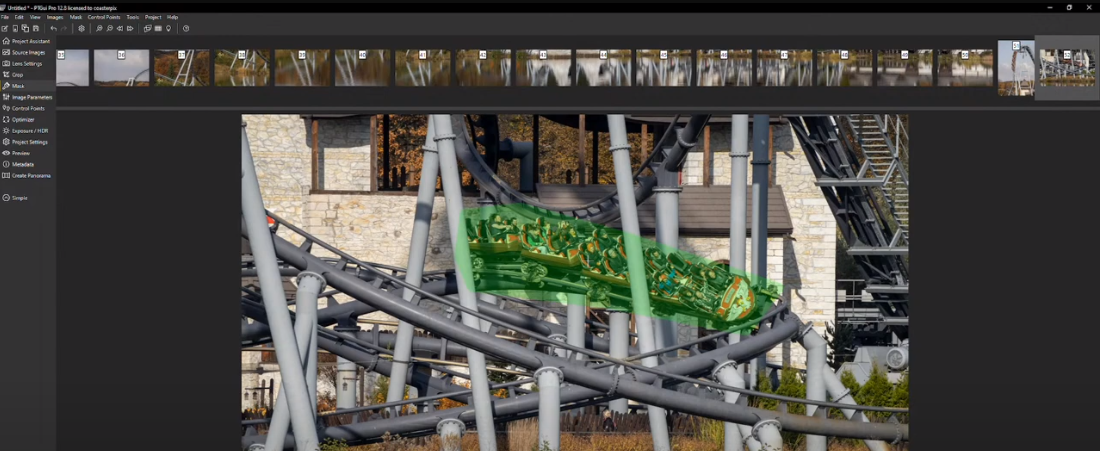Importance of Security Camera Data Streaming
Security camera data streaming is essential for maintaining the safety and security of a given area. By streaming live footage from surveillance cameras, security personnel can monitor and respond to potential threats in real time. This ensures that any suspicious activity can be detected and addressed immediately, potentially preventing crimes from occurring. Additionally, security camera data streaming can be used for post-incident analysis and investigation. Recorded footage can be reviewed to identify suspects, gather evidence, and gain a better understanding of what occurred during an incident.
Basics of Security Camera Data Streaming

Security camera data streaming involves the continuous transmission of video footage from a security camera to a remote location. This allows security personnel to monitor the camera feed in real-time and respond to any potential threats or suspicious activity. The data is typically transmitted over a network, either wired or wireless, and can be accessed from a computer, tablet, or smartphone. The video footage can also be recorded and stored for later review or analysis.
Definition And Purpose of Security Camera Data Streaming
Security camera data streaming refers to the process of continuously transmitting video footage captured by a security camera to a remote location for real-time monitoring and analysis. The purpose of security camera data streaming is to enhance security measures by allowing security personnel to actively monitor camera feeds and respond promptly to any potential threats or suspicious activities. This technology enables constant surveillance and provides valuable visual information that can aid in crime prevention, investigation, and evidence collection. Additionally, recorded footage can be stored for future reference or analysis purposes.
Different Types of Security Camera Data Streams
It includes live video feeds, recorded video footage, and metadata. Live video feeds allow real-time monitoring of camera feeds, providing immediate visual information about ongoing activities. Recorded video footage can be accessed and reviewed at a later time, allowing for the identification of past events or suspicious behaviour. Metadata, such as timestamps, camera locations, and event tags, can provide additional context and organization to the camera data, making it easier to search and analyze.
Factors Affecting Data Consumption
Several factors can affect data consumption in video surveillance systems:
1. Resolution: Higher resolution cameras produce more detailed images, but they also require more data to transmit and store. Higher resolutions can significantly increase data consumption.
2. Frame rate: The frame rate determines how many images per second are captured and transmitted. Higher frame rates result in smoother video playback but also increase data consumption.
3. Compression: Video data can be compressed to reduce file sizes and data consumption.
Resolution And Image Quality

Higher-resolution cameras produce more detailed images, but they also require more data to transmit and store. This can significantly increase data consumption.
Frame Rate And Refresh Rate
Higher frame rates and refresh rates result in smoother video playback, but they also require more data to transmit and consume.
Compression
Video data can be compressed to reduce file sizes and data consumption. However, higher compression levels may compromise the image quality.
Internet Connection Speed
The speed of your internet connection can affect data consumption. Slower connections may result in buffering and lower-quality video, while faster connections can handle higher-quality video with less data consumption.
Compression Techniques And Codecs
There are various compression techniques and codecs that can be used to reduce the size of video files and data consumption. Some popular ones include H.264, H.265 (also known as HEVC), and VP9. These codecs use advanced algorithms to compress video data while maintaining a reasonable level of image quality. The choice of codec can depend on factors such as device compatibility and internet connection speed.
Motion Detection And Recording Triggers
Motion detection and recording triggers are features commonly found in security camera systems. These features allow the camera to detect movement within its field of view and automatically start recording when motion is detected. This helps to conserve storage space and reduce data consumption by only capturing footage when it is necessary. Motion detection can be customized to specific areas or zones, and sensitivity levels can be adjusted to prevent false alarms. Additionally, some systems offer options to receive notifications or alerts when motion is detected, allowing for immediate monitoring and response.
Lighting Conditions And Night Vision
Some security camera systems are equipped with features that optimize recording in different lighting conditions. They may have built-in infrared (IR) LEDs that provide night vision capabilities, allowing for clear recording even in low-light or complete darkness. These cameras can switch to the black-and-white mode when it gets dark to enhance visibility. Some advanced systems also can automatically adjust their settings based on the lighting conditions, ensuring optimal image quality at all times.
Data Storage and Retention Considerations
When optimizing recording in different lighting conditions, consider the following:
1. Use cameras with built-in infrared (IR) LEDs: These LEDs provide night vision capabilities, allowing for clear recording in low-light or complete darkness. The cameras can switch to black-and-white mode in dark conditions to enhance visibility.
2. Choose cameras with automatic adjustment settings: Advanced systems can automatically adjust their settings based on the lighting conditions. This ensures optimal image quality at all times, regardless of the lighting situation.
Calculating Storage Requirements Based on Data Consumption

To calculate storage requirements based on data consumption, you need to consider the following factors:1. Video resolution: Higher resolutions (e.g., 4K) require more storage space compared to lower resolutions (e.g., 1080p).
2. Frame rate: Higher frame rates (e.g., 30 frames per second) result in more data being recorded per second, increasing storage requirements.
Frequently Asked Questions (FAQs)
What is the average data consumption for a security camera?
The average data consumption for a security camera can vary depending on several factors, including the camera’s resolution, frame rate, and compression settings. Generally, higher resolutions and frame rates will result in higher data consumption. It is recommended to consult the camera’s specifications or contact the manufacturer for specific data consumption information.
How can I estimate the data requirements for my specific security camera setup?
To estimate the data requirements for your specific security camera setup, you can follow these steps:
1. Determine the camera’s resolution: Check the camera’s specifications to find out its resolution, which is typically measured in pixels (e.g., 1080p, 4K).
2. Determine the frame rate: Find out the camera’s frame rate, which refers to the number of frames captured per second (e.g., 30fps, 60fps).
Can I use a wireless connection for security camera data streaming?
Yes, you can use a wireless connection for security camera data streaming. Wireless connections, such as Wi-Fi or cellular networks, can be used to transmit video and other data from security cameras to a central monitoring system or storage device. However, it’s important to consider factors such as signal strength, bandwidth limitations, and potential interference when using wireless connections for security camera data streaming.
What are the factors that can affect data consumption apart from resolution and frame rate?
Apart from resolution and frame rate, several other factors can affect data consumption in security camera data streaming. These factors include:
1. Compression: The type and level of compression used can significantly impact data consumption. Higher compression levels can reduce file sizes but may result in a loss of image quality.
2. Bitrate: The bitrate determines the amount of data transmitted per second. Higher bitrates result in larger file sizes and increased data consumption.
